Redwood giant: a monograph explores the life and work of sculptor JB Blunk
The daughter of late American sculptor JB Blunk has compiled an extensive and intimate monograph of her father's acclaimed life, work and home

For the last six years, Mariah Nielson, daughter of late American artist JB Blunk has been compiling the first comprehensive monograph of her father’s life and work. Designed by Kajsa Stahl of London-based design studio, Åbäke, the book comprises unseen images from JB Blunk’s archive – those he and his friends took from the 1950s-1990s – interspersed with newly commissioned photographs of his work and home.
For more than forty years, the prolific sculptor lived in the house he built for his family, a rural redwood idyll on an acre of land in Inverness, California (W*154), where several prominent designers, including Max Lamb and Martino Gamper, have since taken up residencies. ‘My father made everything in the house from the furniture to the ceramic tableware,’ says Nielson.
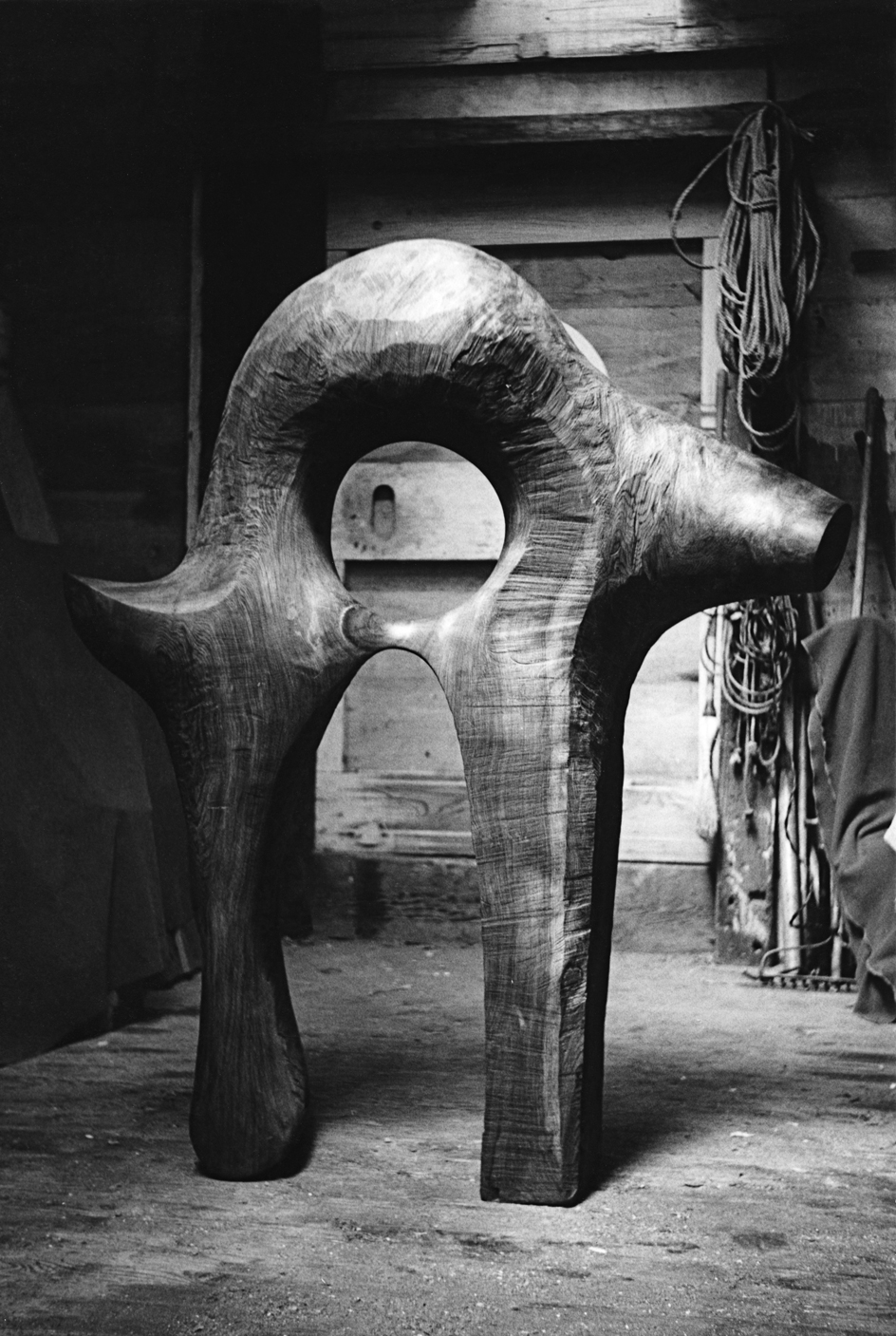
#2 Arch, 1976, Redwood. ©JB Blunk Collection
Blunk spent most of his days immersed in his on-site studio, accompanied by a soundtrack of Leonard Cohen and Willie Nelson and had a lifelong friendship with painter and member of the Paris surrealist group, Gordon Onslow Ford. ‘A classic JB Blunk adage was “my time is precious”. He worked hard and was very protective of his time in the studio but he also took breaks for tea every day (4pm) and was an attentive and loving partner and father. It was his determination to create that I remember so clearly,’ says Nielson.
His time living in Bizen, Japan in the 1950s proved formative and he became the first American to apprentice in the country's ancient unglazed ceramic tradition. In woodcarvings that celebrated the material’s inherent qualities, jewellery, painting, bronze sculptures and ceramics, smooth, placid lines are often punctuated by rhythmic, rugged motifs where form and function become almost indistinct. The book traces Blunk’s fluid practice, charged with anthropology, mythology, science fiction and poetry anchored by an innate sense of curiosity and affinity with the natural world.

Penis Stool #1, c. 1975, Redwood.
‘There was a time when the eccentricities of our home (penis stools and carved cypress wood sinks) were embarrassments,’ Nielson recalls. ‘But by my early 20s I began to appreciate what my father had created and now it’s something I’m enormously proud of!’
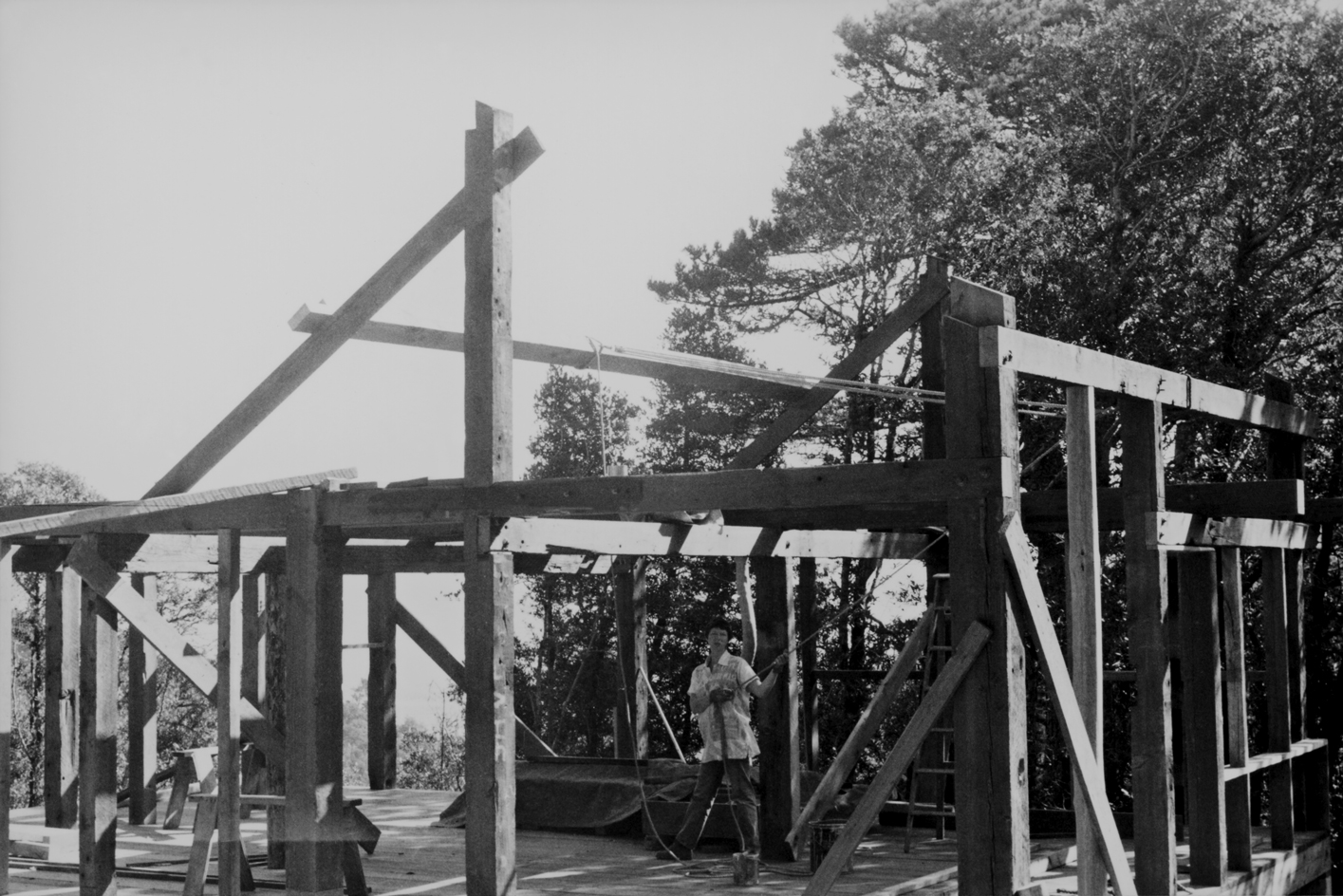
Blunk’s first wife Nancy Waite building the couple’s California home in 1959, in which they made every element, from the furniture to the tableware. ©JB Blunk Collection
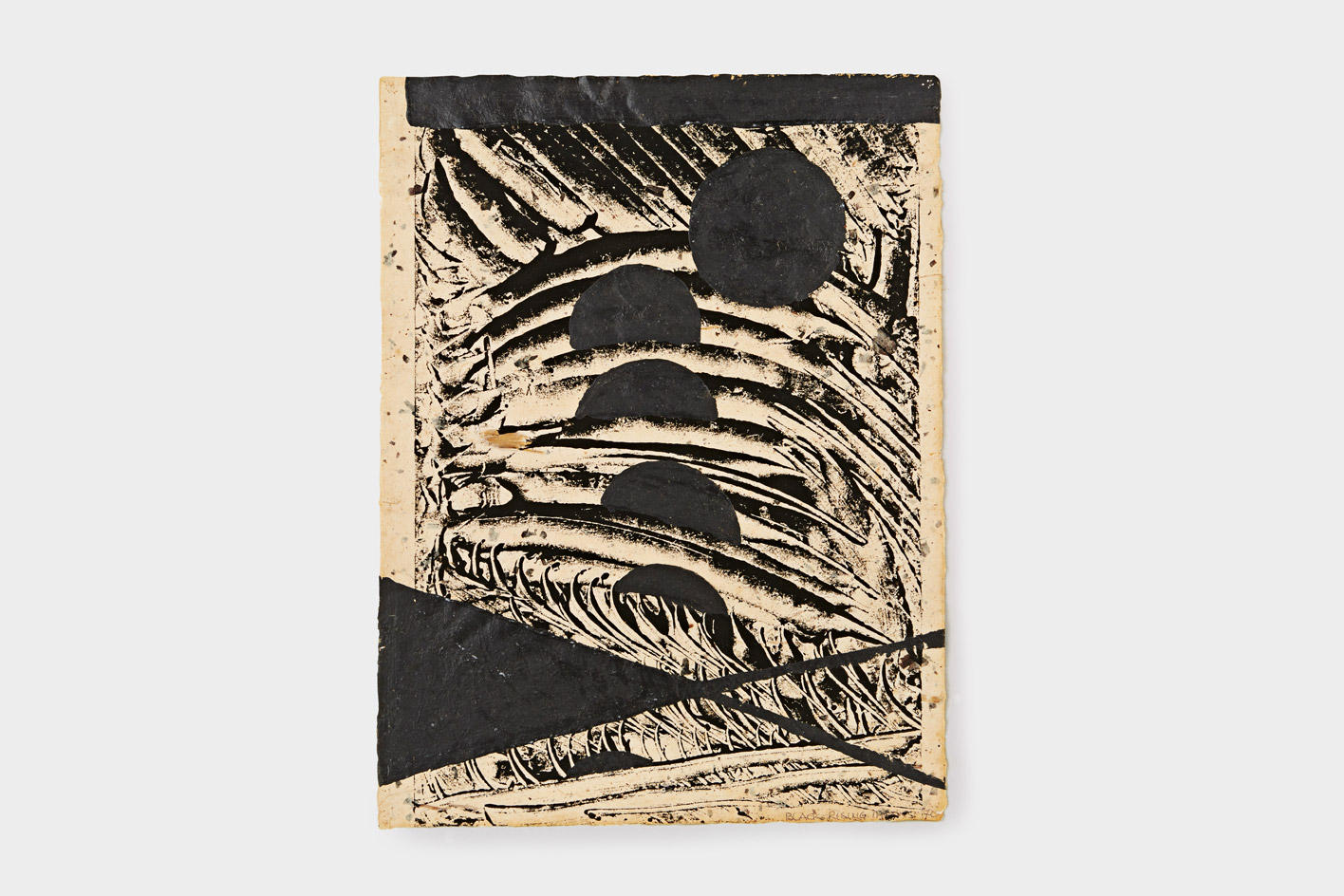
Black Rising Moon, 1970 Acrylic on paper.
This is an extended version of an article that originally featured in the Summer 2020 issue of Wallpaper* (W*255) – on newsstands now and available for free download here
INFORMATION
JB Blunk, $55. jbblunk.com; dentdeleone.com
An exhibition of JB Blunk's sculptures and ceramics will open at Kasmin Gallery, New York this autumn. kasmingallery.com
Receive our daily digest of inspiration, escapism and design stories from around the world direct to your inbox.
Harriet Lloyd-Smith was the Arts Editor of Wallpaper*, responsible for the art pages across digital and print, including profiles, exhibition reviews, and contemporary art collaborations. She started at Wallpaper* in 2017 and has written for leading contemporary art publications, auction houses and arts charities, and lectured on review writing and art journalism. When she’s not writing about art, she’s making her own.
-
 This cult Los Angeles pop-up restaurant now has a permanent address
This cult Los Angeles pop-up restaurant now has a permanent addressChef Brian Baik’s Corridor 109 makes its permanent debut in Melrose Hill. No surprise, it's now one of the hardest tables in town to book
-
 French bistro restaurant Maset channels the ease of the Mediterranean in London
French bistro restaurant Maset channels the ease of the Mediterranean in LondonThis Marylebone restaurant is shaped by the coastal flavours, materials and rhythms of southern France
-
 How ethical is Google Street View, asks Jon Rafman in Copenhagen
How ethical is Google Street View, asks Jon Rafman in CopenhagenIn 'Report a Concern - the Nine Eyes Archives' at Louisiana Museum of Art, Copenhagen, Jon Rafman considers technology's existential implications
-
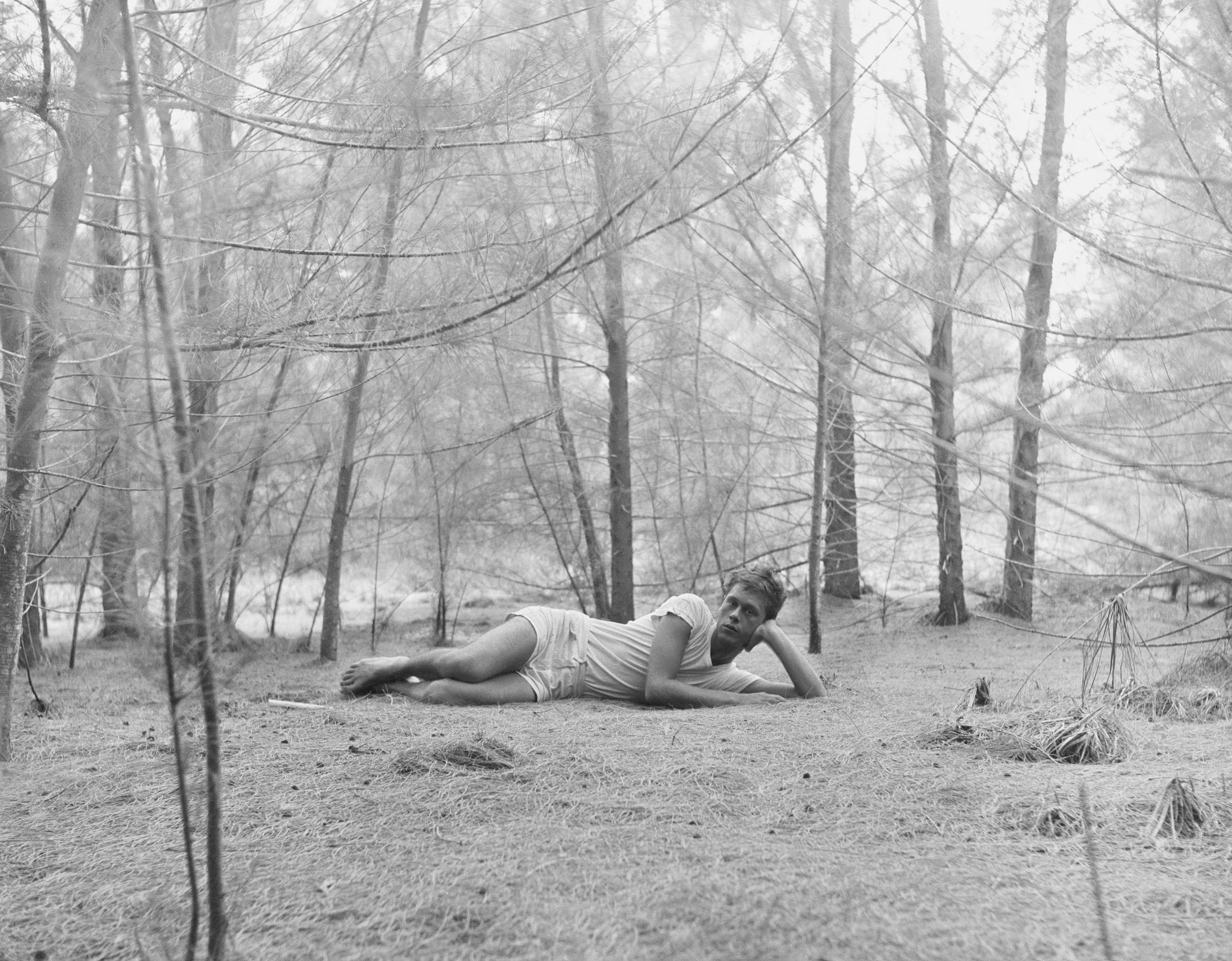 Inside the seductive and mischievous relationship between Paul Thek and Peter Hujar
Inside the seductive and mischievous relationship between Paul Thek and Peter HujarUntil now, little has been known about the deep friendship between artist Thek and photographer Hujar, something set to change with the release of their previously unpublished letters and photographs
-
 Nadia Lee Cohen distils a distant American memory into an unflinching new photo book
Nadia Lee Cohen distils a distant American memory into an unflinching new photo book‘Holy Ohio’ documents the British photographer and filmmaker’s personal journey as she reconnects with distant family and her earliest American memories
-
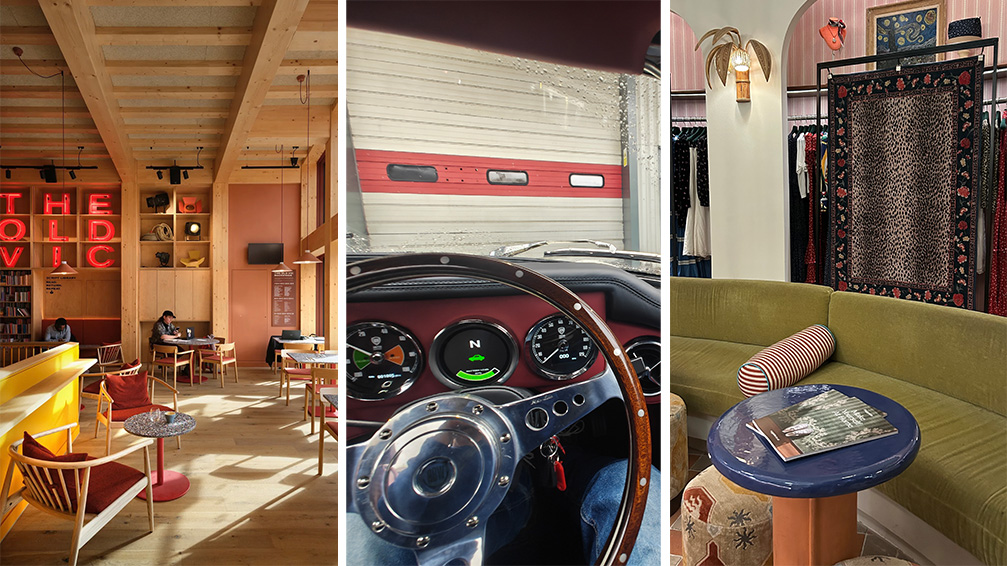 Out of office: The Wallpaper* editors’ picks of the week
Out of office: The Wallpaper* editors’ picks of the weekThe rain is falling, the nights are closing in, and it’s still a bit too early to get excited for Christmas, but this week, the Wallpaper* team brought warmth to the gloom with cosy interiors, good books, and a Hebridean dram
-
 Inside Davé, Polaroids from a little-known Paris hotspot where the A-list played
Inside Davé, Polaroids from a little-known Paris hotspot where the A-list playedChinese restaurant Davé drew in A-list celebrities for three decades. What happened behind closed doors? A new book of Polaroids looks back
-
 Ed Ruscha’s foray into chocolate is sweet, smart and very American
Ed Ruscha’s foray into chocolate is sweet, smart and very AmericanArt and chocolate combine deliciously in ‘Made in California’, a project from the artist with andSons Chocolatiers
-
 Inside the process of creating the one-of-a-kind book edition gifted to the Booker Prize shortlisted authors
Inside the process of creating the one-of-a-kind book edition gifted to the Booker Prize shortlisted authorsFor over 30 years each work on the Booker Prize shortlist are assigned an artisan bookbinder to produce a one-off edition for the author. We meet one of the artists behind this year’s creations
-
 Out of office: The Wallpaper* editors’ picks of the week
Out of office: The Wallpaper* editors’ picks of the weekThis week, the Wallpaper* editors curated a diverse mix of experiences, from meeting diamond entrepreneurs and exploring perfume exhibitions to indulging in the the spectacle of a Middle Eastern Christmas
-
 14 of the best new books for music buffs
14 of the best new books for music buffsFrom music-making tech to NME cover stars, portable turntables and the story behind industry legends – new books about the culture and craft of recorded sound